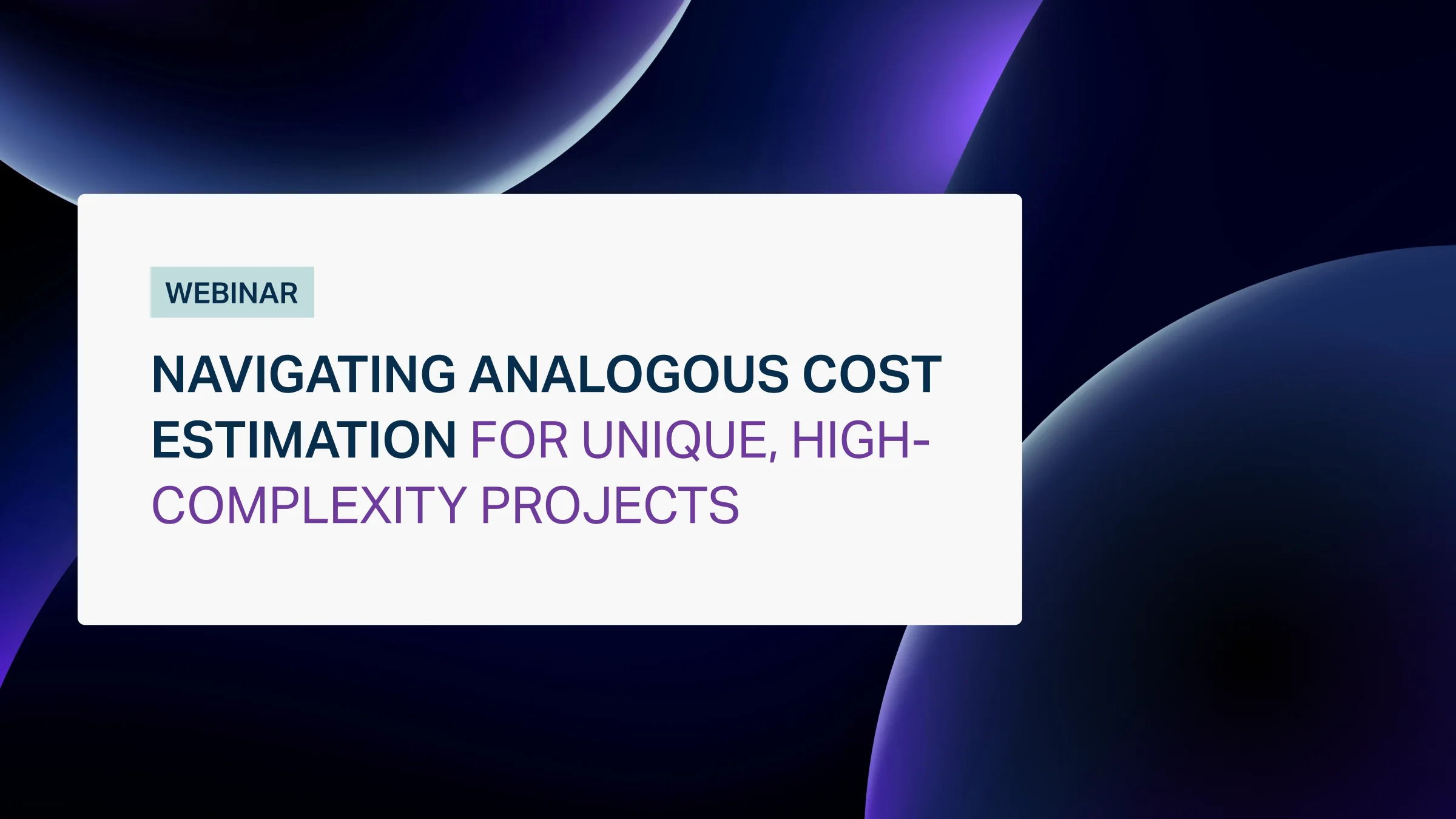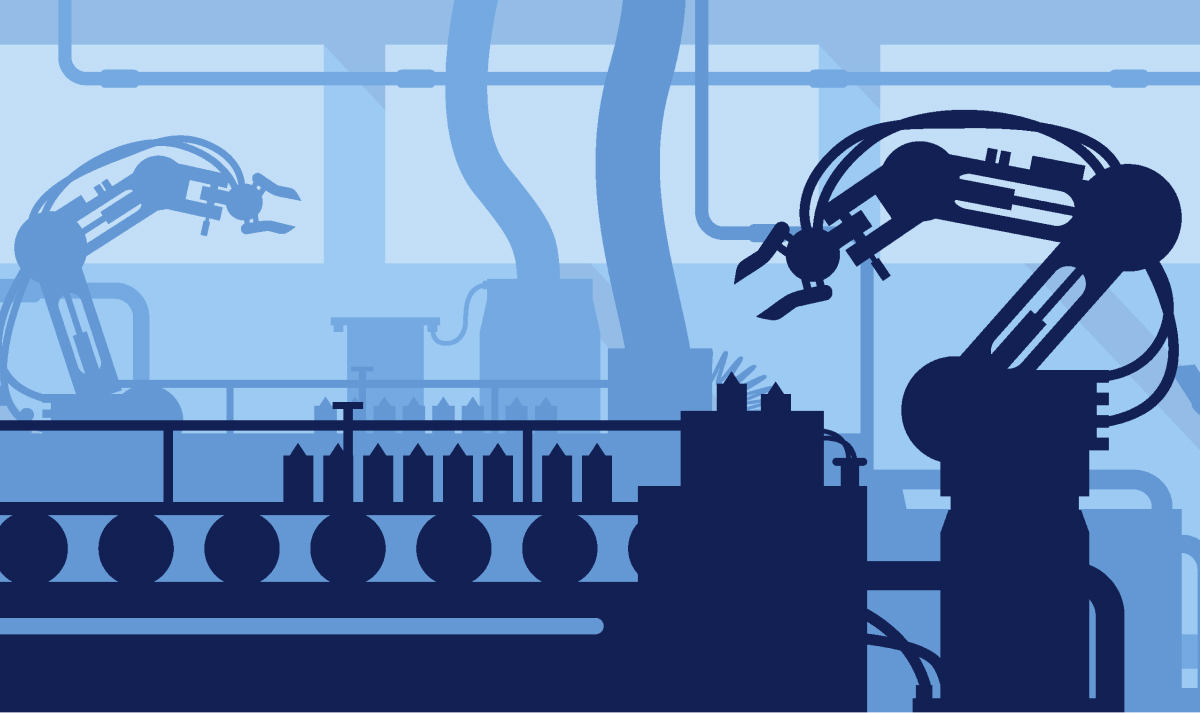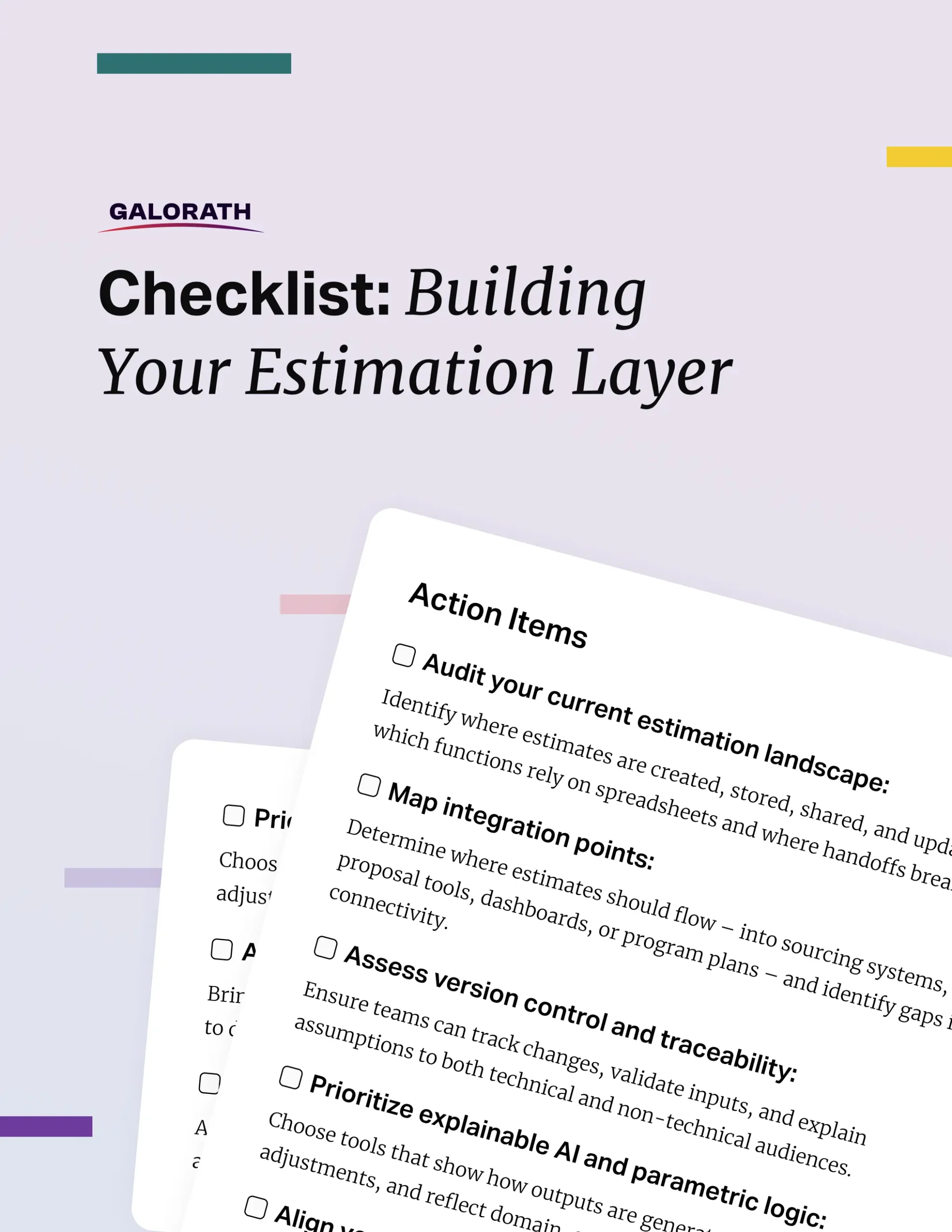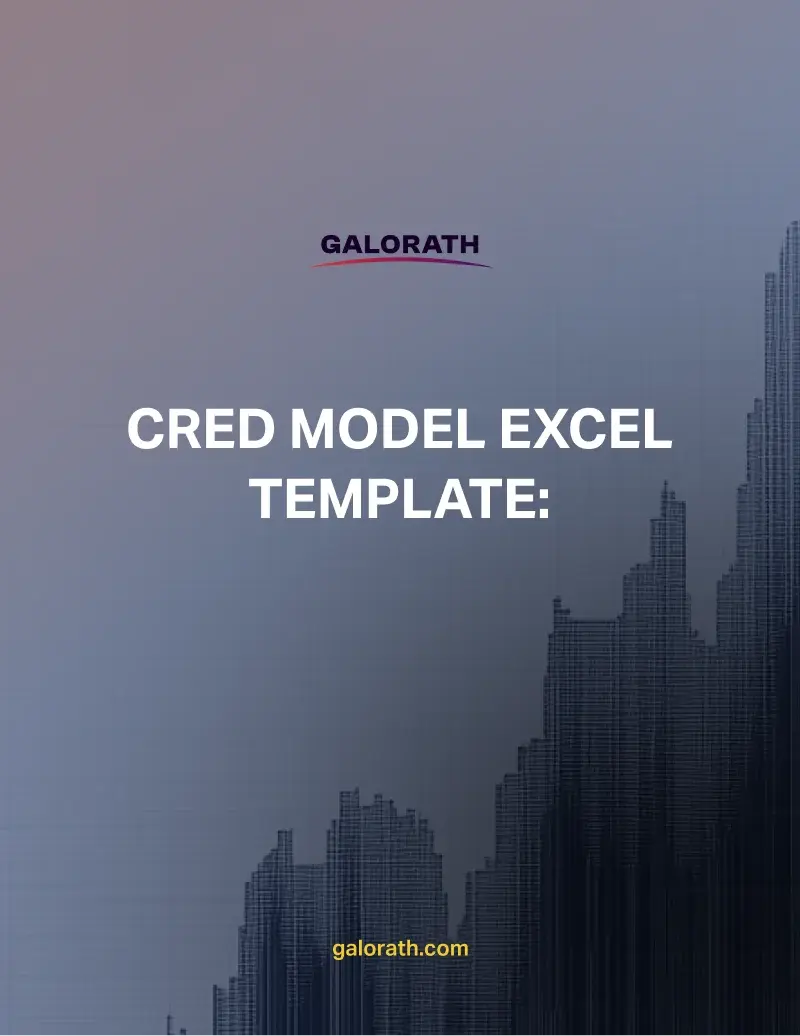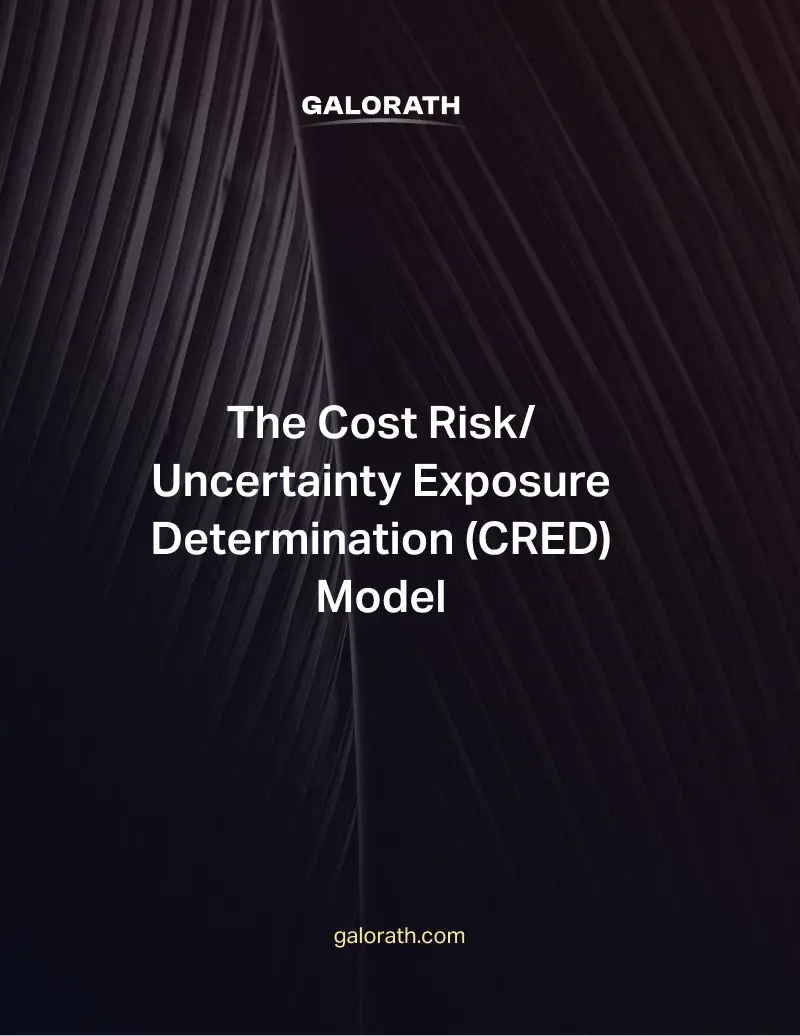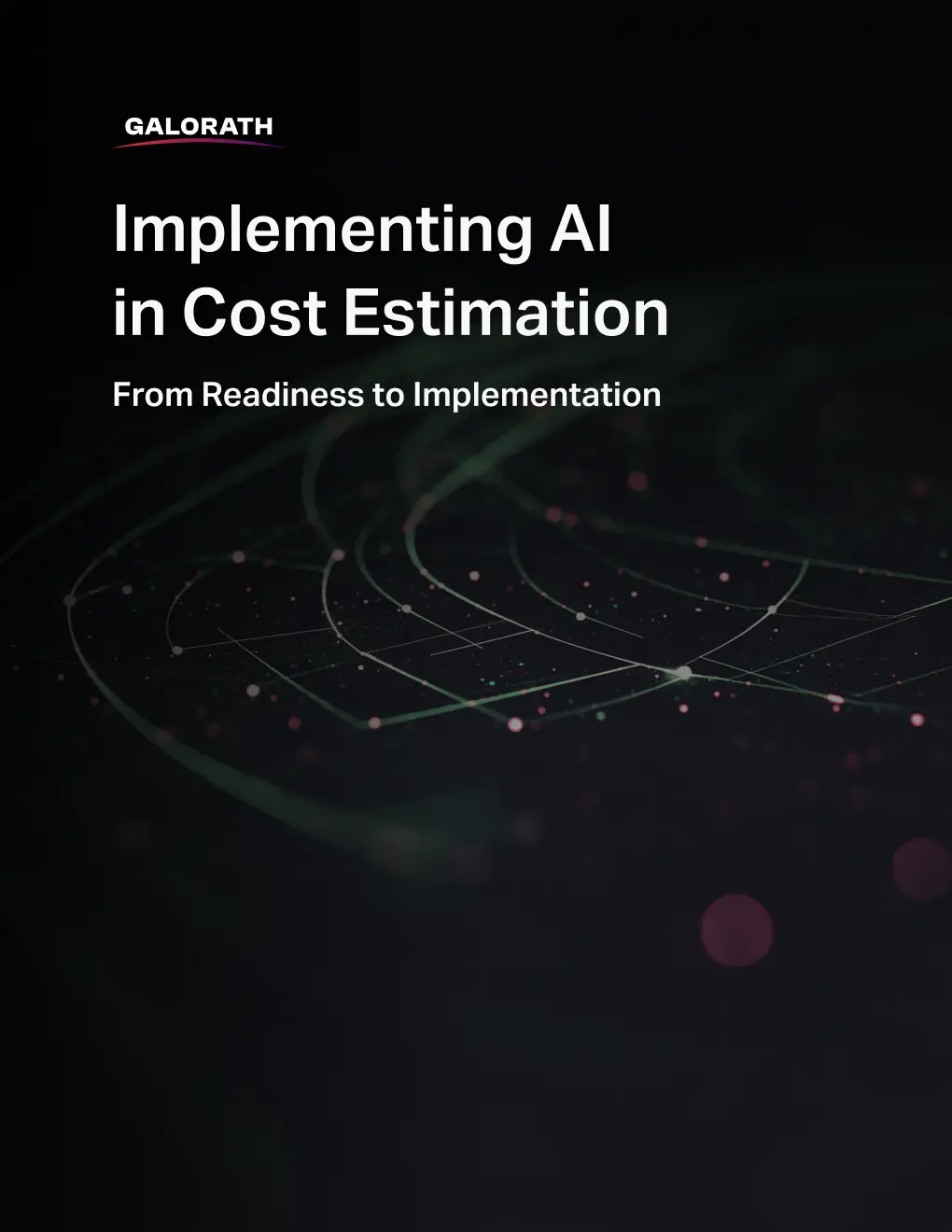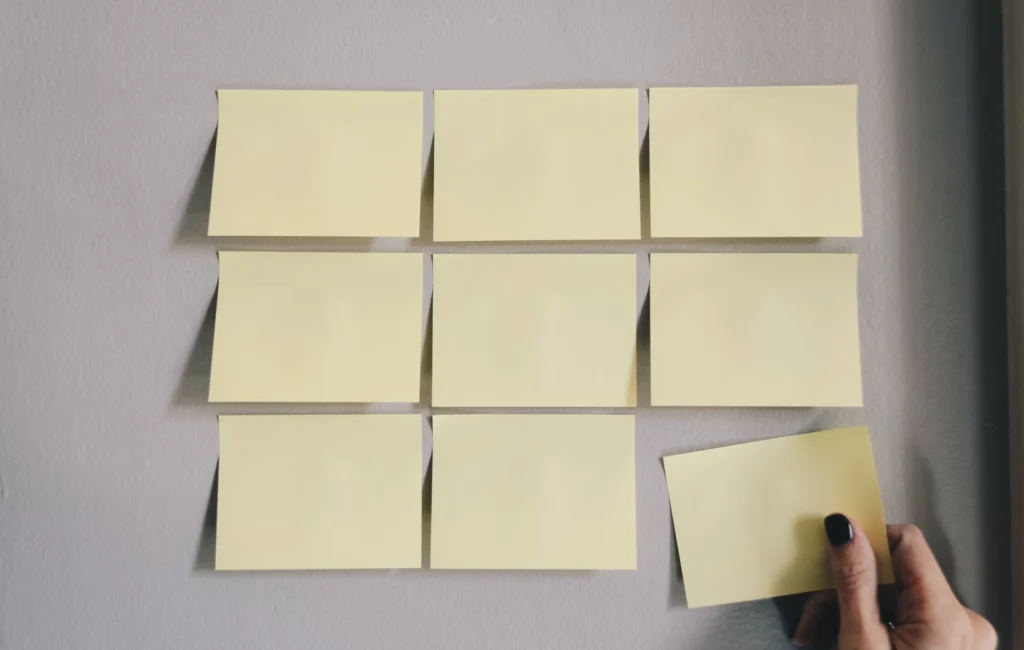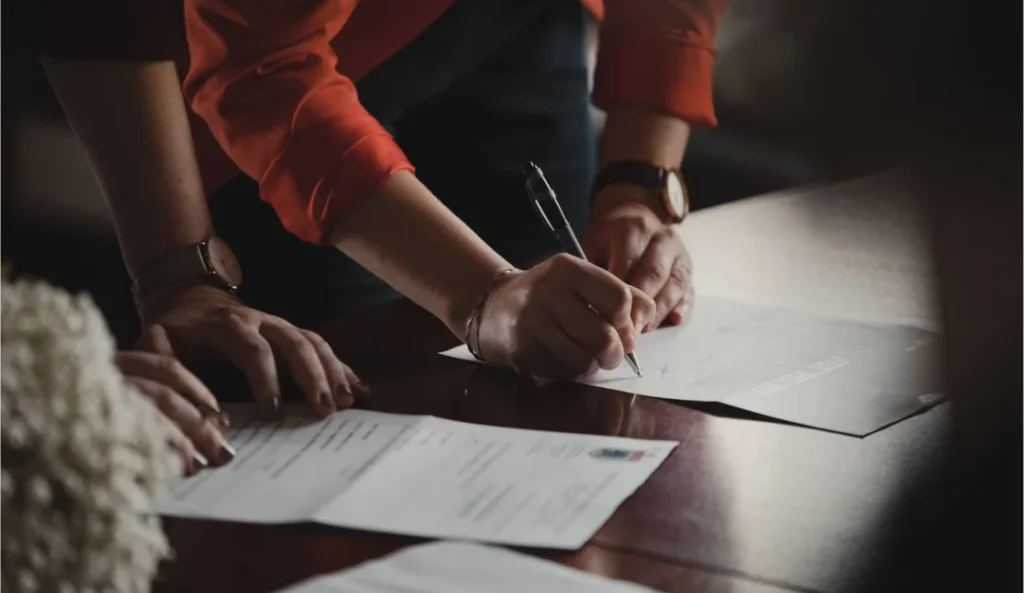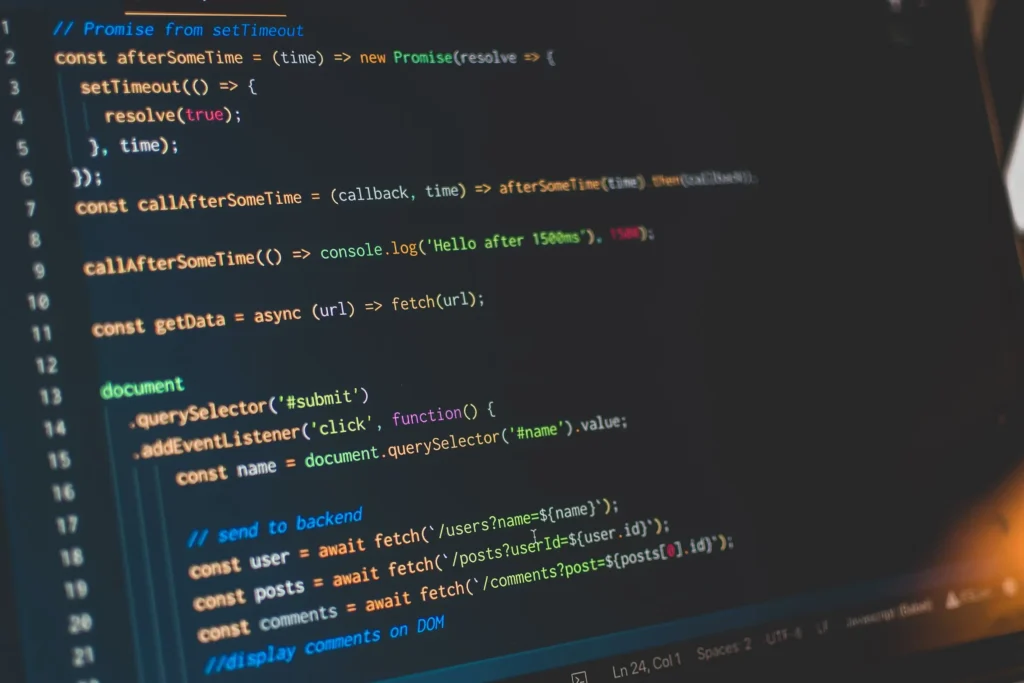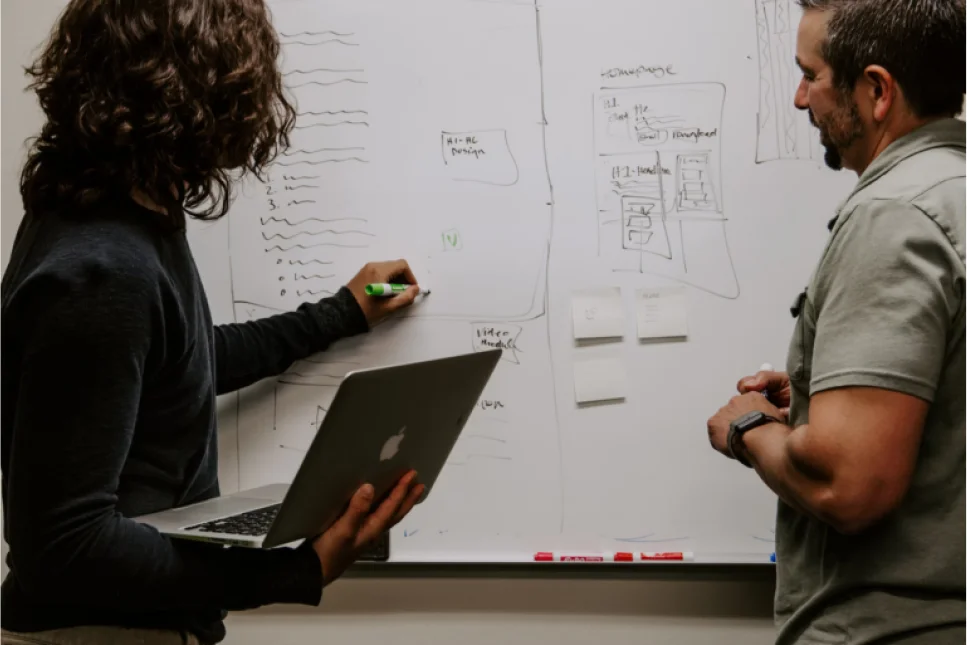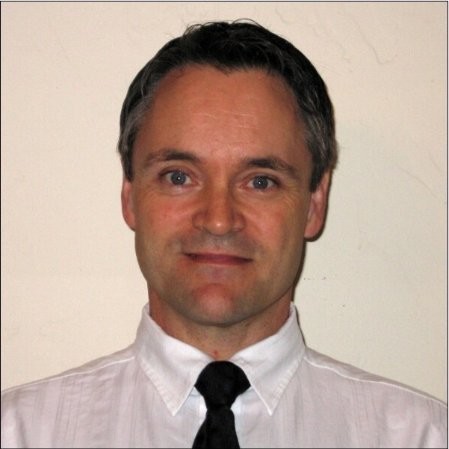Mastering Cost Risk with the CRED Model: A New Approach to Managing Uncertainty
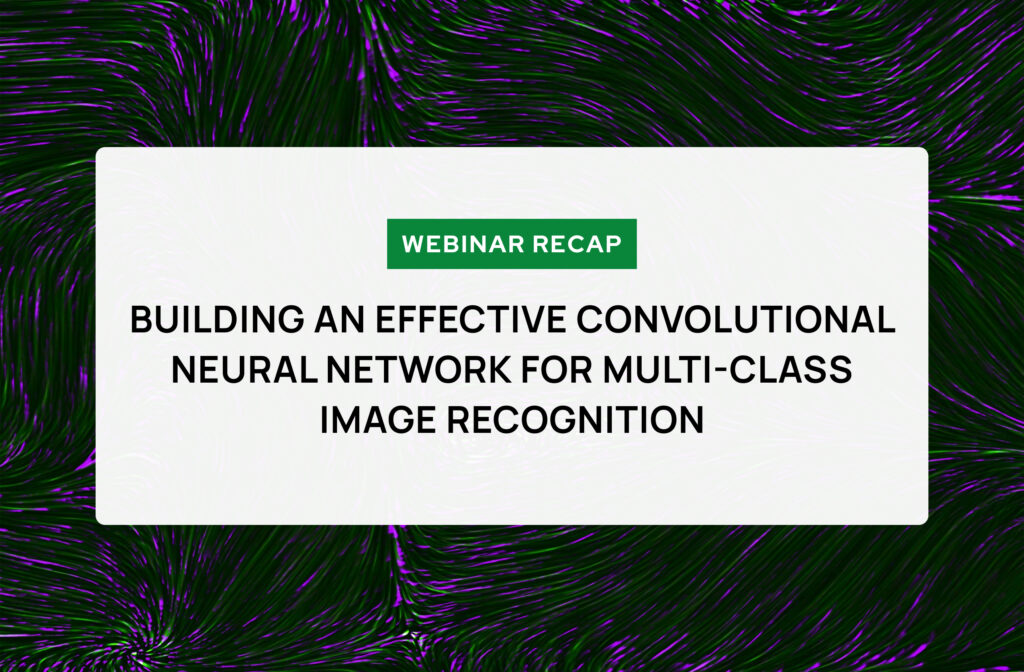
Convolutional neural networks (CNNs) have revolutionized multi-class image recognition, particularly in manufacturing. In this guide, we explore how to create a neural network model that predicts manufacturing processes from images. For a more in-depth discussion on this topic, you can watch our webinar on CNNs for multi-class image recognition, led by Dr. Christopher Rush.
Why Neural Networks?
CNN technology could aid cost estimators and engineers in selecting manufacturing processes during the early stages of product development. Convolutional neural networks are particularly suited for this task due to their ability to automatically and adaptively learn spatial hierarchies of features from input images.
The Basics of Convolutional Neural Networks
CNNs consist of multiple layers, each designed to perform specific tasks. Here are the key components:
- Convolutional Layers: These layers extract patterns in images, such as edges, curves, colors, and shapes.
- Pooling Layers: They make the network more efficient by capturing important features.
- Fully Connected Dense Layers: These layers compile all processed data and provide the final prediction.
- Flattening Layers: These reshape the data from convolutional and pooling layers for use by the dense layers.
- Rescaling and Dropout Layers: These normalize pixel values and randomly drop neurons during training to prevent overfitting.
Developing the Model
To develop our CNN, we followed a structured workflow:
- Organize Image Data: We categorized images into training, validation, and test datasets, subdivided into classes such as sheet metal parts, machine parts, mold cast forged parts, and composite parts.
- Tools and Libraries: We used Python, TensorFlow, and Keras for model development. Jupyter Notebook served as our development environment.
- Data Preparation: We resized images to a consistent size and used data augmentation techniques to enhance our dataset.
- Building the Model: We started with data augmentation and rescaling layers, followed by convolutional layers of increasing sizes, and finally dense layers for prediction.
Training and Evaluation
We compiled the model using the Adam optimizer and sparse categorical cross-entropy loss function, training it over multiple epochs. Monitoring accuracy and loss during training helps ensure the model isn’t overfitting and maintains generalizability.
Results and Insights
Our model successfully predicted the manufacturing process for various parts, though accuracy varied by class. For example, it had high accuracy for sheet metal parts but struggled more with composite parts. Testing on batches of images rather than single images improved prediction accuracy.
Key Takeaways
- Data is Crucial: A large and well-organized dataset is essential for training effective models.
- Experimentation: Adjusting layers, batch sizes, epochs, and regularization techniques can help optimize model performance.
- Community and Resources: Leveraging the extensive documentation and community support available for TensorFlow and Keras can accelerate learning and troubleshooting.
Future Work
Looking ahead, we plan to:
- Extend experiments with transfer learning to refine predictions.
- Expand the number of classes and datasets for more granular predictions.
- Deploy neural networks in real-world applications to enhance cost estimation processes.
We hope you found this overview of creating a convolutional neural network for multi-class image recognition insightful. If you’d like to learn more about building effective convolutional neural networks for image recognition, be sure to check out our webinar hosted by Dr. Christopher Rush, where we go into greater detail on the nuances of CNN modeling.
10 Step Estimation Process Sample Checklist
View our 10 Step Estimating Process Checklist. This checklist should be tuned to the individual company’s needs and suggestions.
Estimating Total Cost of Ownership (TCO)
Find out how you can use Total Cost of Ownership (TCO) model to create an estimate which includes all the costs generated over the useful life of a given application.
Should Cost Analysis
Learn how Should-Cost Analysis can identify savings opportunities and drive cost efficiency in procurement and manufacturing processes.
ROM Estimate: The First Step Towards a Detailed Project Plan
Find out what ROM (rough order of magnitude) estimate is and why is it a crucial element of every project planning cycle.
Software Maintenance Cost
Find out why accurate estimation of software maintenance costs is critical to proper project management, and how it can make up to roughly 75% of the TCO.

